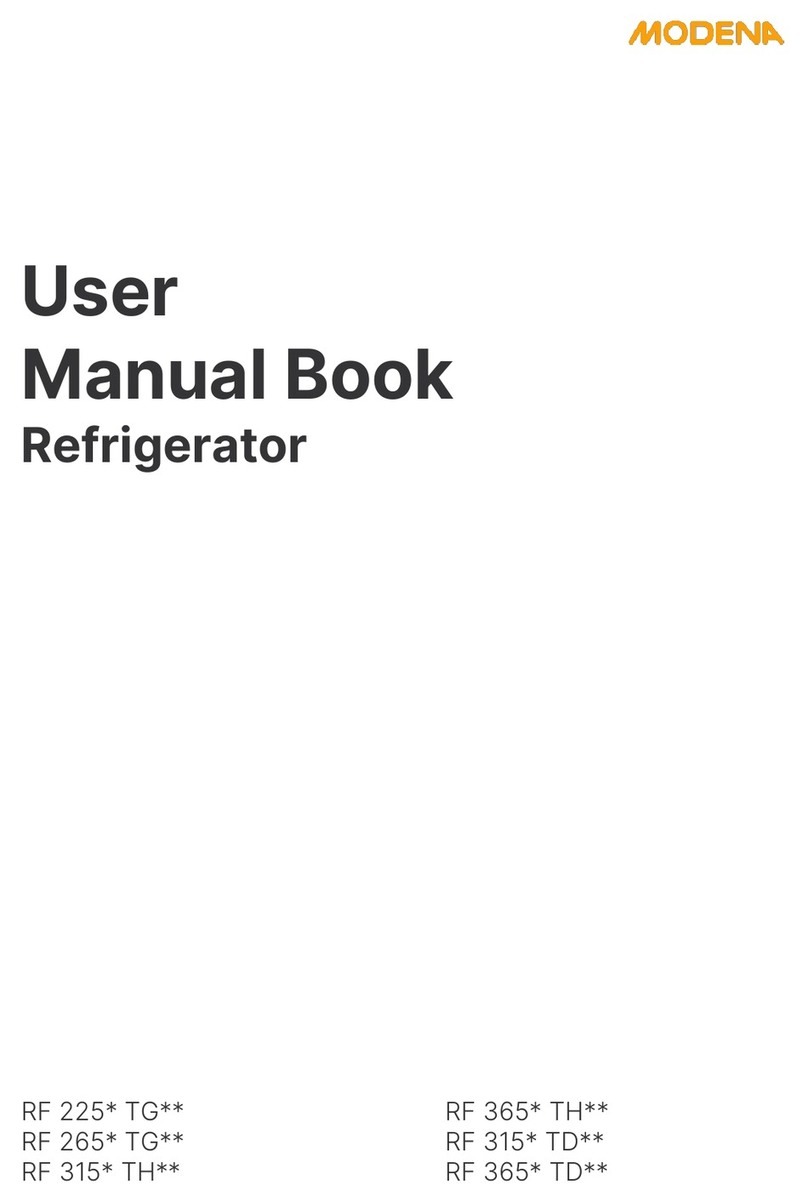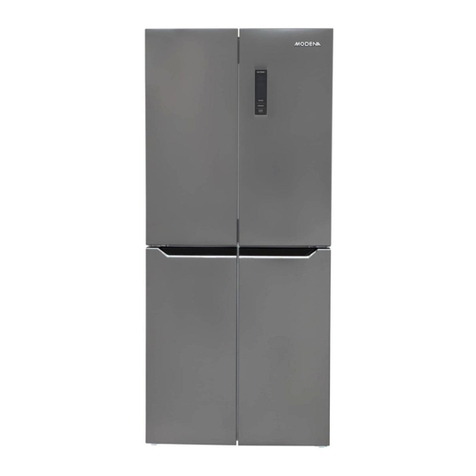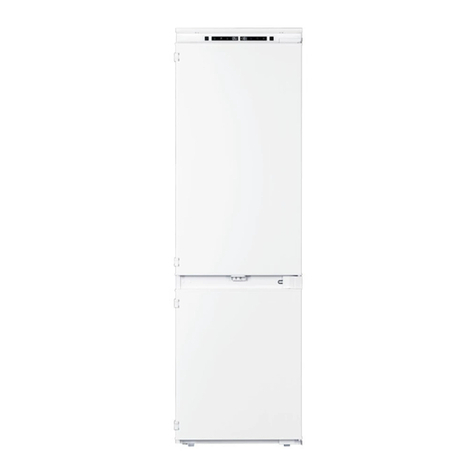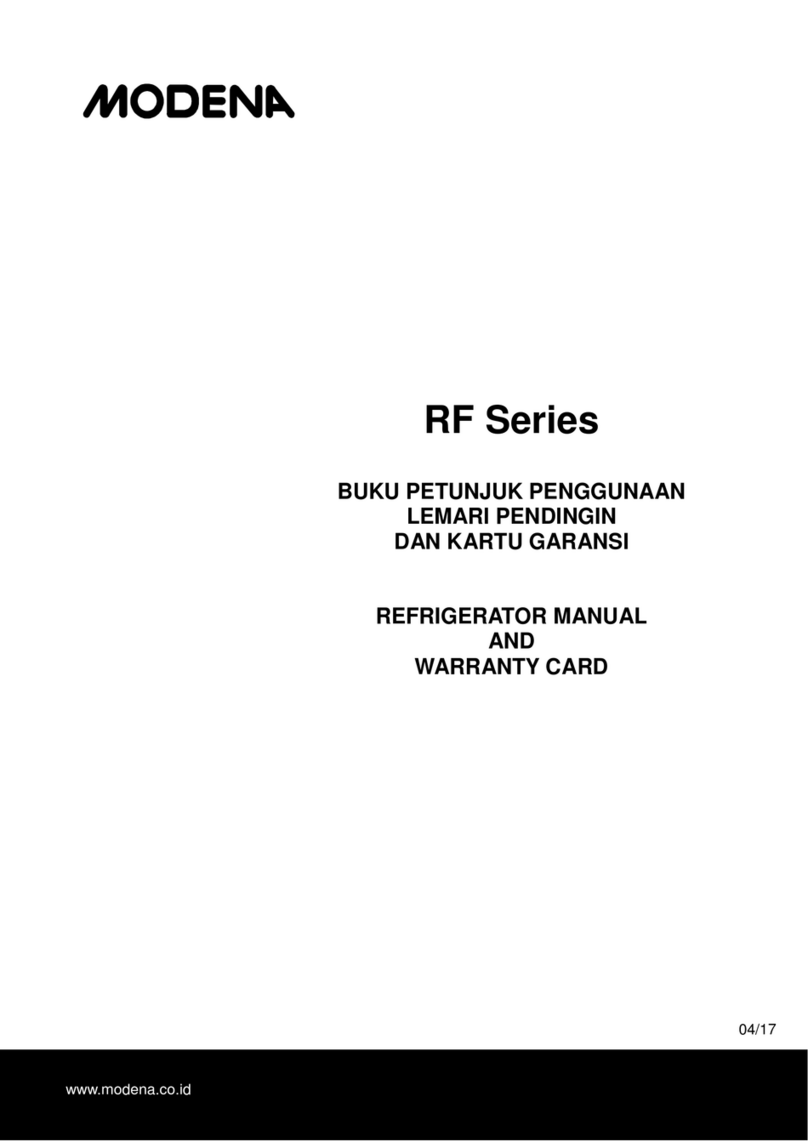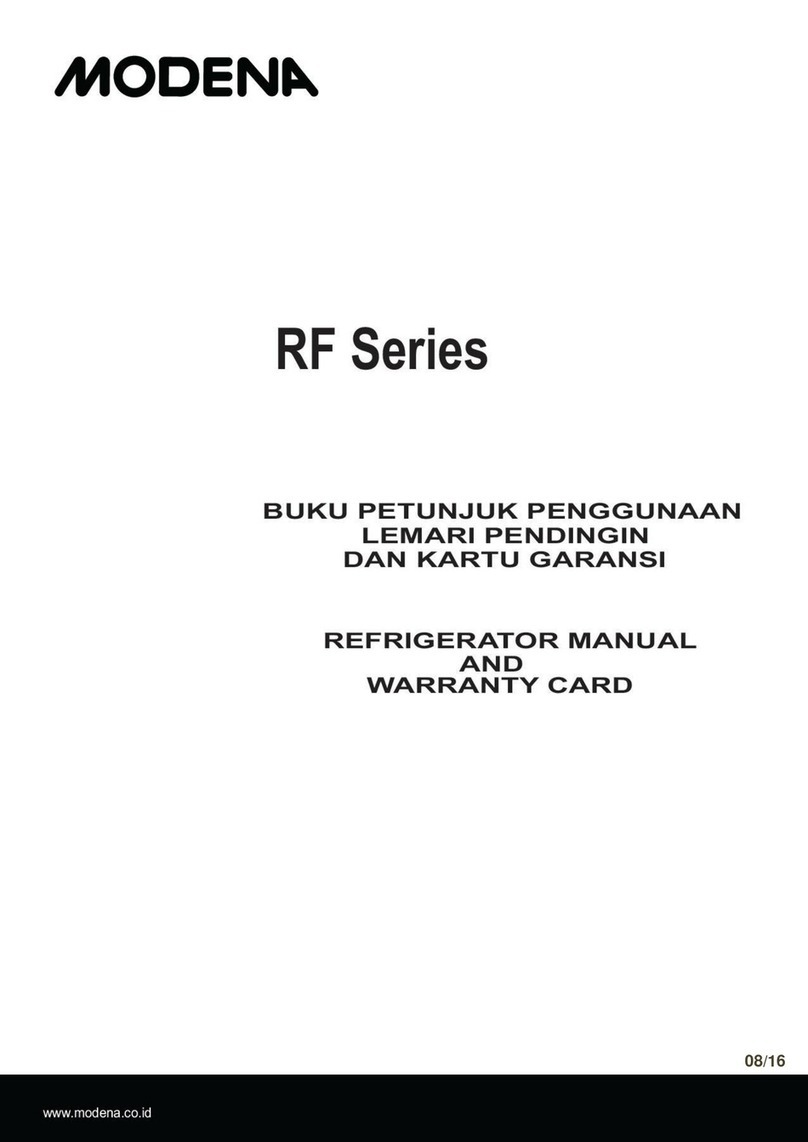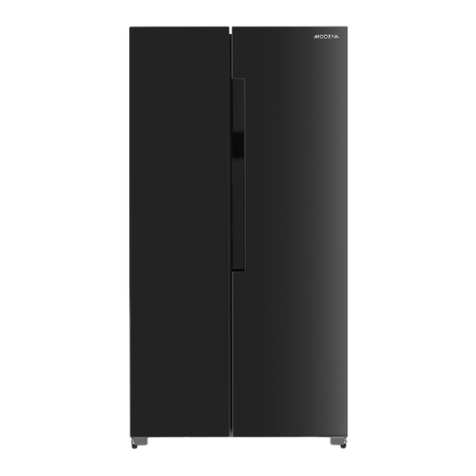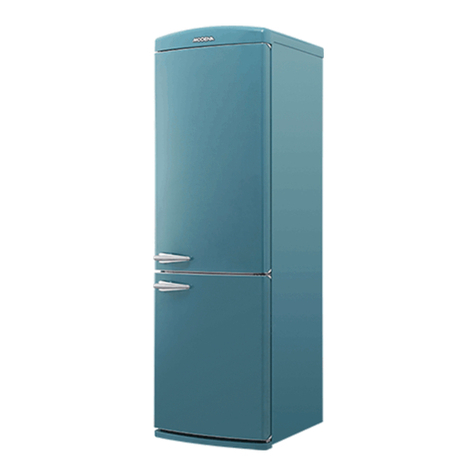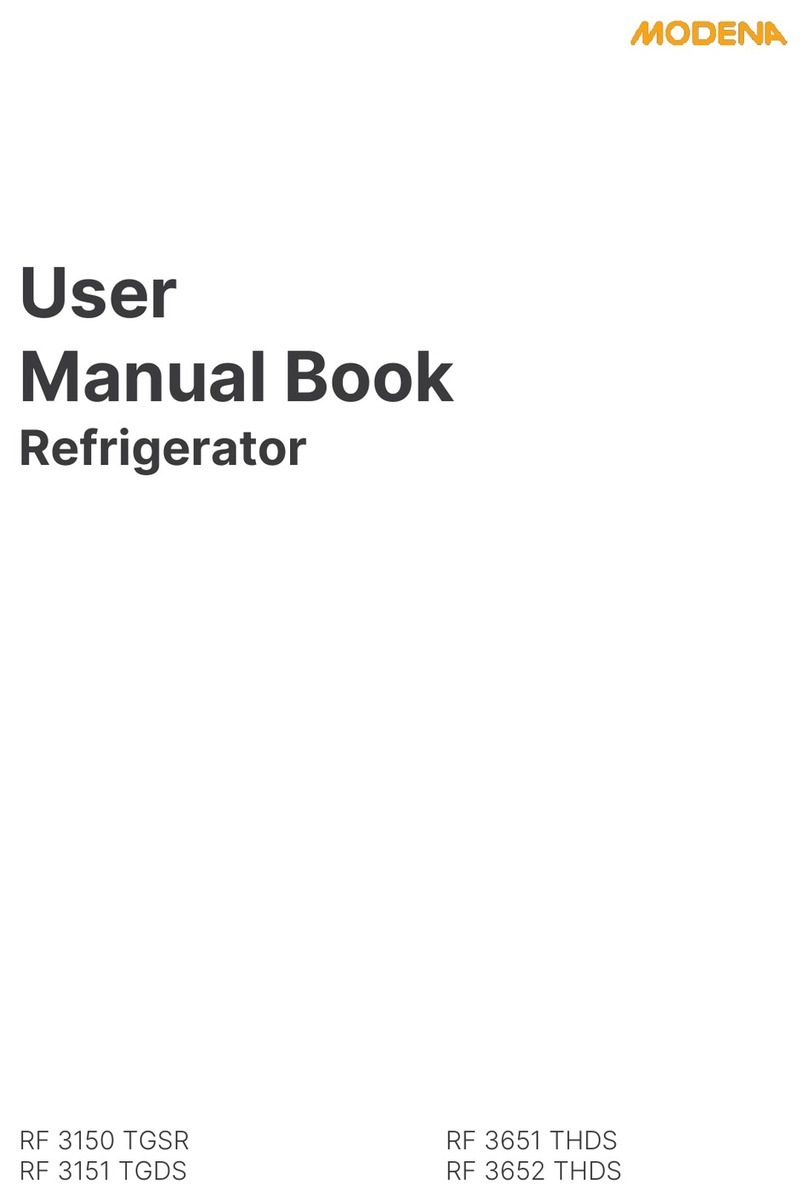5
•Children are not allowed to perform cleaning or user maintenance of
the appliance, very young children (0-3 years old) are not allowed to
use appliances, young children (3-8 years old) are allowed to use
appliances under surveillance, older children (8-14 years old) and
vulnerable people can use appliances safely after they have been
given appropriate surveillance or instruction concerning the use of
the appliance and the risks that may occur. Very vulnerable people
are not allowed to use appliances unless continuous surveillance is
given.
•If the supply cord is damaged, it must be replaced by a technician
an authorized service agent or similar qualified persons, in order to
avoid danger.
•This appliance is not intended for use at altitudes higher than 2000
meters above the sea level.
Environmental Notice
The packaging material used is recyclable. We recommend
that you separate plastic, paper and cardboard and give
them to recycling agents. To help preserve the environment,
the refrigerant used in this product is iso-butane (R600a),
which does not affect the ozone layer and has little impact
on the greenhouse effect. According to WEEE (Waste of Electrical and
Electronic Equipment) guidelines, waste from electrical and electronic
devices should be collected separately. If you need to remove of this
appliance in the future, do not throw it away with the rest of your
domestic garbage. Instead, please take the appliance to the nearest
WEEE collecting agents, where available.
